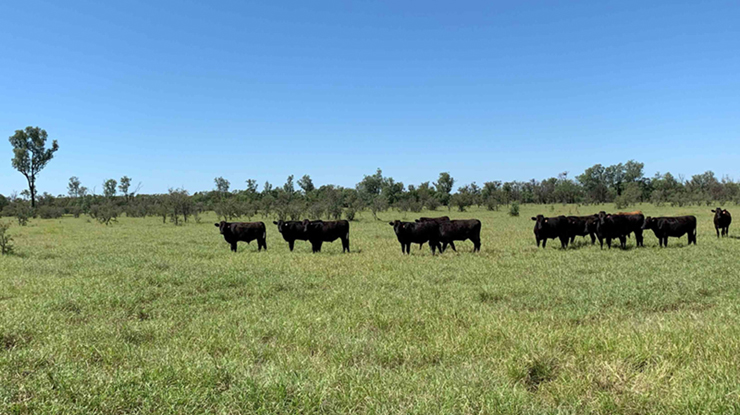The following article is taken from the .
If you walk through Yalukit Willam Nature Reserve (YWNR) over the next few months, you will notice the Hakea Wattles (Acacia hakeoides) with their amazing, sweet aroma and the striking vibrant reds of the Grevilleas, which can only mean one thing – spring is coming!
Council officers have been busy in YWNR over winter. In the coming months here’s what you can expect to see.
Chain of Ponds
Wetlands in Victoria’s temperate climate undertake a large change in hydrology throughout various seasons.
The typical seasonal cycles are two extreme ends of the spectrum, super dry in summer/autumn and then they slowly fill to capacity through late winter/spring. Our aquatic flora and fauna are highly adapted, and somewhat reliant on these ecological drivers.
Council understands the importance of these drivers for wetland restoration. We take the initiative to turn the site pumps off in summer to draw down the water to small puddles and let nature respond accordingly.
Now spring is here, the water is back to its natural level, and we are starting to see new aquatic germination. As the days get longer, we expect the ponds and billabongs to burst back to life.
Dragonflies will be out and about soon, increasing plant growth. More frogs will be calling, and a healthy water bug population will attract birds like Welcome Swallow to fly over from Tasmania through summer.
Wildflower meadow
After months of careful planning, Council has completed the sowing of the wildflower meadow.
Seed cleaning was completed with the help of Yalukit Willam Nature Association (YWNA) volunteers, and germination testing with the arranging of species mixes was led by Melbourne University.
More than 60 plant species were sown, including 21 grass species and 40 wildflower forbs.
Made up of a wide variety of plant types that includes true everlastings, peas, daisies, lilies, these species are a true representation of the endangered grassland plant communities typically seen through regional Victoria.
Soon, visitors to YWNR will be able to explore their beauty and understand the importance these species have on our local biodiversity.
September should be a time of growth as the seedlings look to get their feet firmly in the ground ready for the warmer months when we should see flowers bloom and Blue Banded Bees pollinating.
Gathering Place
Council has completed revegetation works through the Gathering Place. This work has included the planting of more than 15,000 plants in and around the site. Council has also planted 1,000 trees and shrubs as part of our micro forest.
The Gathering Place will contribute to great habitat for native birds and insects, while also becoming a secluded cool place of refuge for visitors as they meander along the path and down to the amphitheatre that overlooks the billabong.







